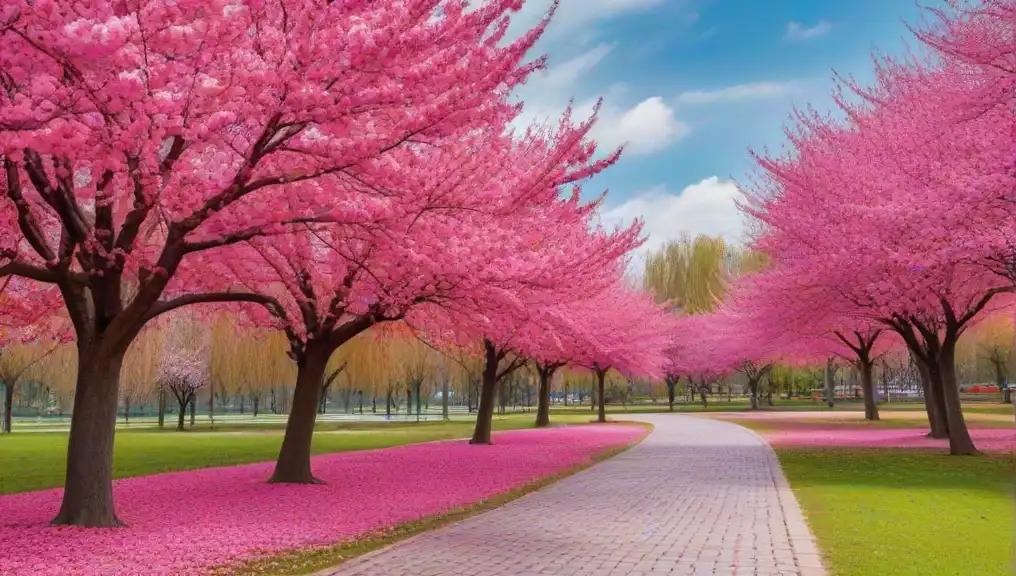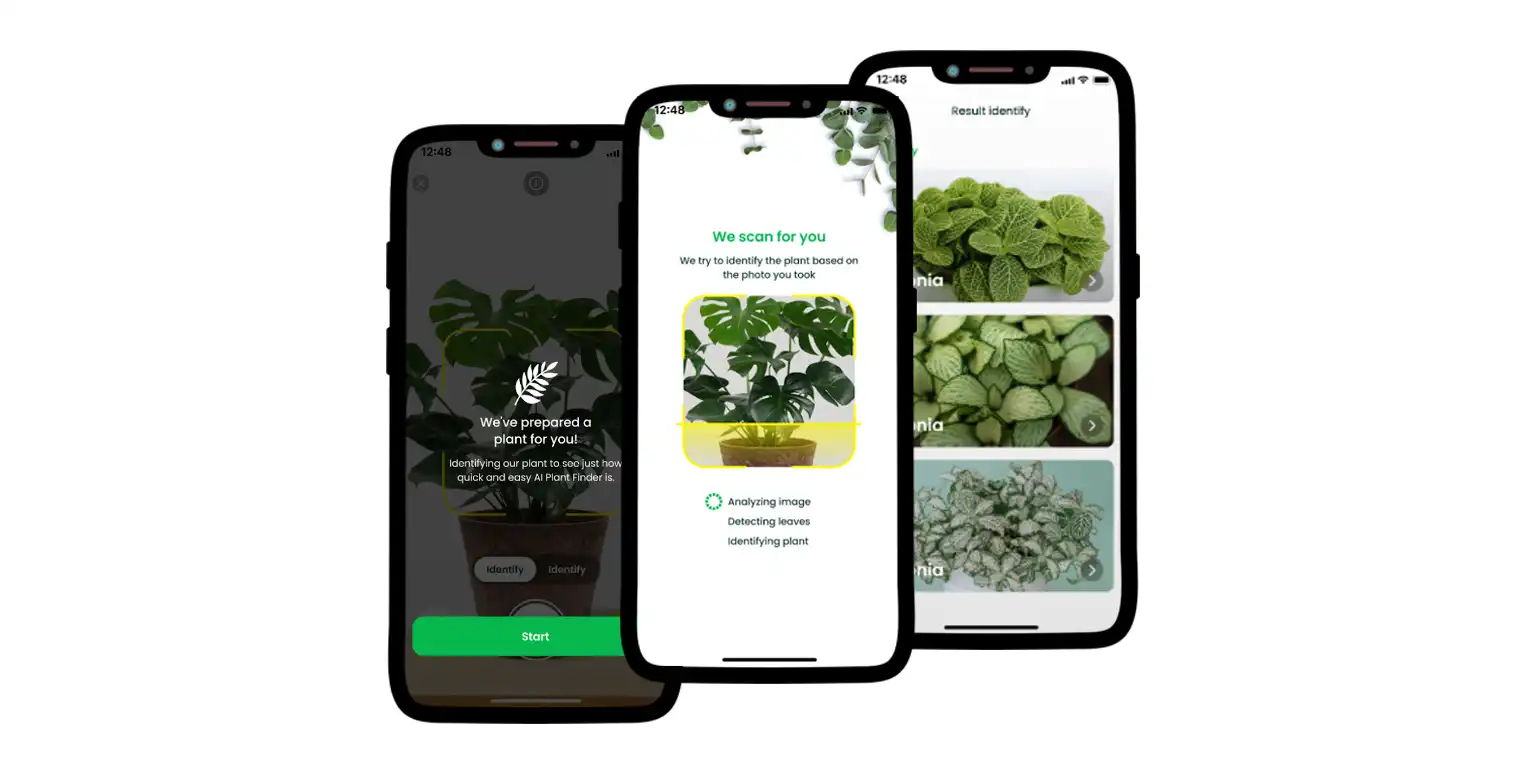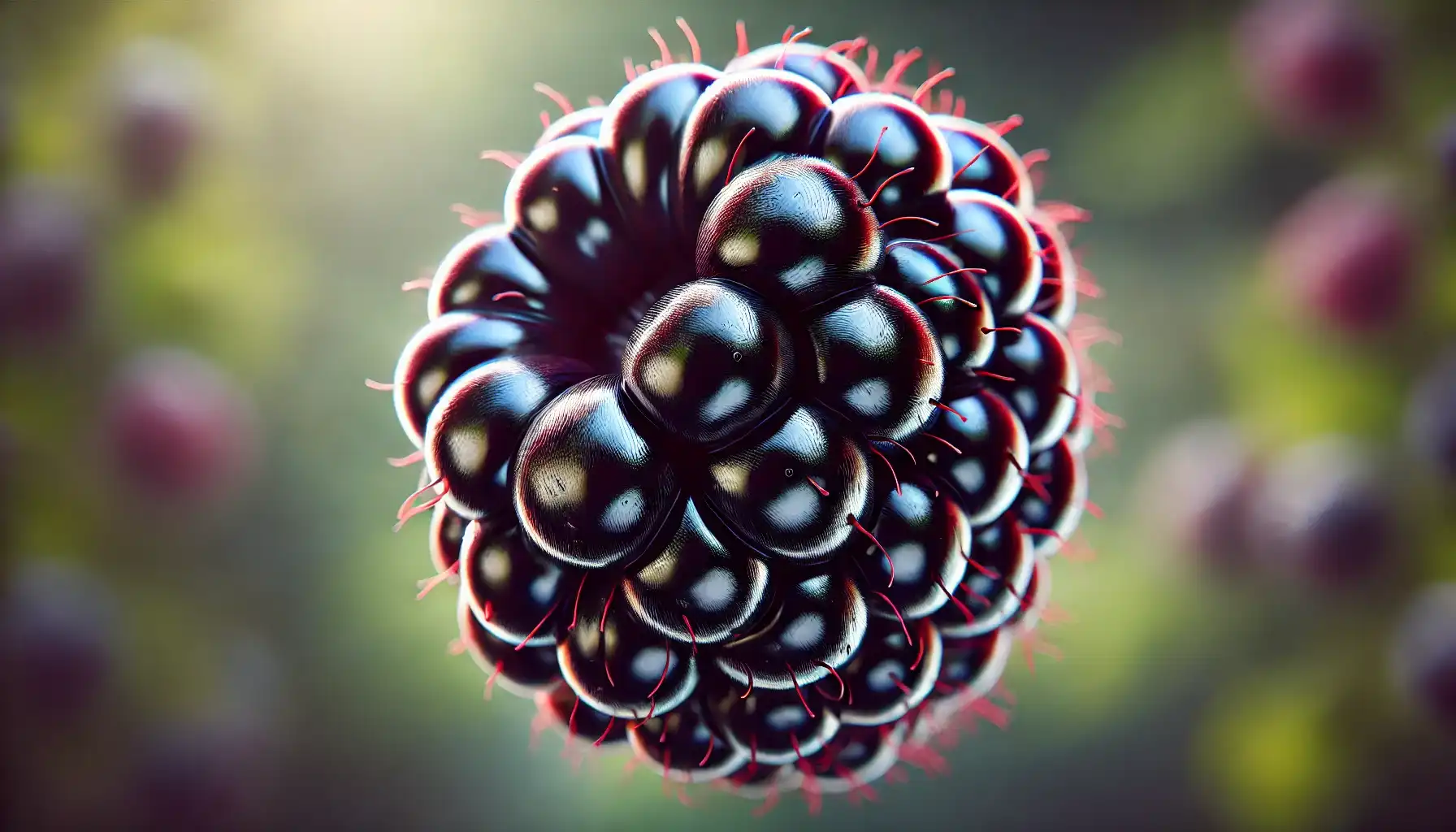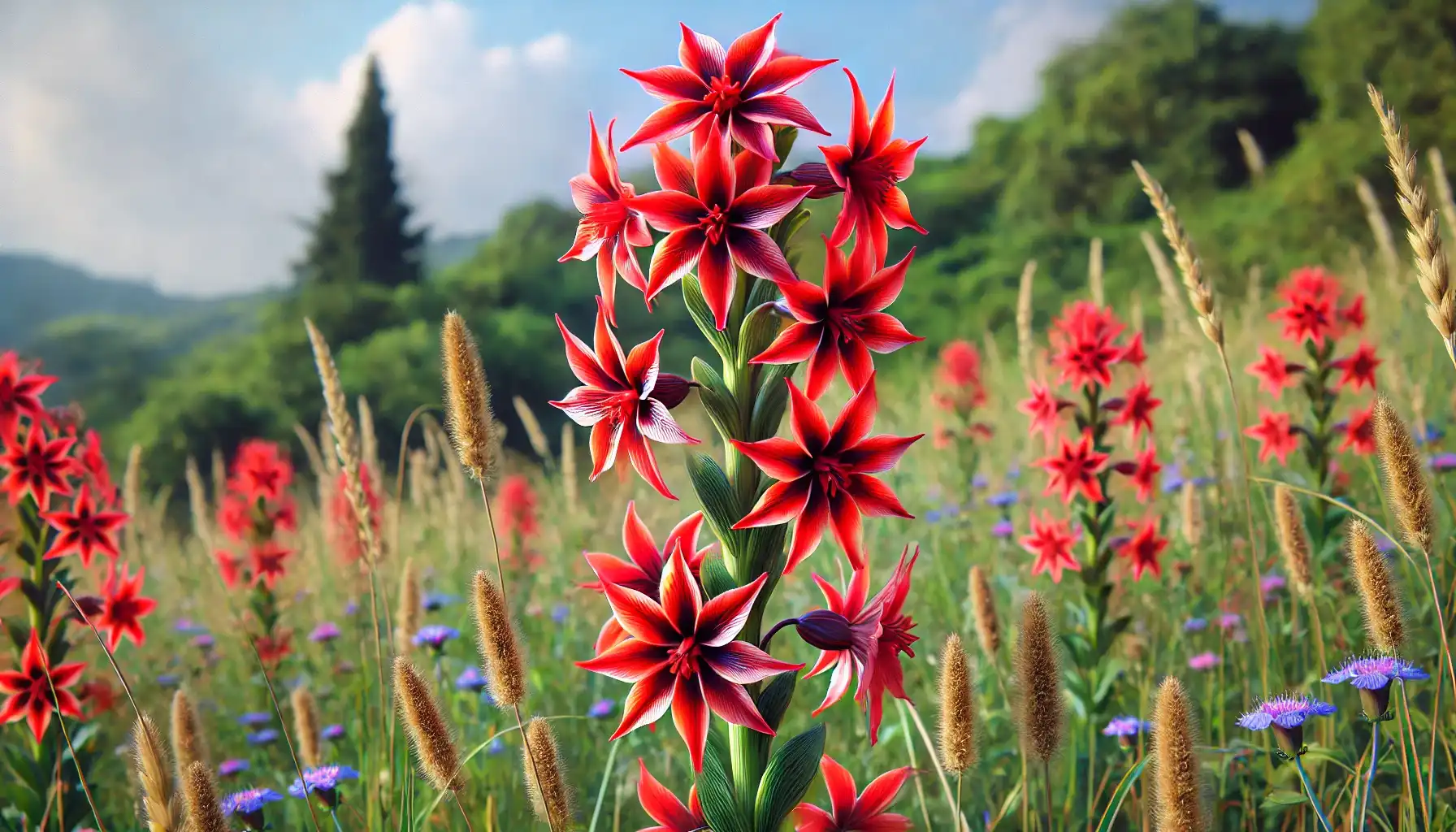Sometimes, when strolling through the amusing natural recreations, one may get captivated by the peculiar floral inhabitants, prompting the question: “What plant are you?”. Though there might be found various methods on how to identify greenery and seek the most relevant information possible, choosing a reliable option is vital.
Should you aspire to learn more about nature, one is always free to be overly curious and appeal to additional sources and external assistance. What planting zone am I in? What can this region amaze us with? Try the universal strategies and explore the world of flora with appreciation and ease.
Why Identify Plants?
Little do we as casual observers know about the entire space of the plant kingdom, and being hungry for knowledge is the key. In fact, identifying trees, flowers, and weeds is a valuable skill for a dozen reasons, starting from common curiosity and professional aspirations, too. But why exactly do we need to know how to identify plants properly?
Safety Reasons: First, those who encounter unusual plants should be aware of their specifics and various attributes, such as toxicity levels and edibility, so as to prevent accidental poisoning and other possible health issues.
Foraging and Nutrition: Another reason why plant identification matters is foraging purposes. Knowing which kinds of vegetation are edible and nutritious allows people to supplement their diet naturally and, what is also important, sustainably.
Gardening: Plant lovers who are obsessed with the idea of cultivating flora in their own yards should always know what this or that natural creation needs to thrive efficiently. With such support of additional yet necessary knowledge, one may successfully decipher “what zone I am in” for planting and create the healthy and aesthetically pleasant garden of their dreams.
Nature Conservation: Citizen science projects aimed at promoting nature conservation usually advise exploring new instances so as to define the weak points and help reproduce again. Besides, a simple understanding of the plant's needs may prevent one from harming the environment in turn.
Education and Natural Awareness: Being strongly connected with the previous reason, natural awareness is an essential aspect of modern life, as today is a time when flora needs our support like never before. Besides, the process of prompt identification may foster curiosity and interest in the natural world as well.
Scientific Value: While it seems like modern botanists should know everything about greenery of all forms and sizes, science wholeheartedly welcomes new discoveries. At times, previously unknown species may be found unexpectedly by those out of the environmental studies and botany, and accidental plant contact may one day change the game for good.
Universal Strategies
So, let us imagine you have met a captivating yet mysterious flower that is yet to be discovered further. When this data is missing but the situation calls for urgent action, one may frantically use their smartphones or other resources to obtain information as soon as possible (as they believe). “What kind of plant am I?”, the surroundings ask, but being consistent is the main thing you can do.
Observe the Appearance and Habitat
The first step in identifying the green world is always connected with being observant and attentive to analyze the physical characteristics of a plant and the environment in which it grows. Key features that should be carefully detected include:
Habitat: The surroundings play a crucial role when talking about a particular species. Occasionally, natural inhabitants may look similar, though the types might be determined by environmental factors only. Consider minimum temperatures, growing seasons, growing zone maps, and frost dates to define the variety with high precision.
Aroma: Some of the most distinctive features may lie in the fragrance, this is why capturing the smell is so important.
Growth Patterns: Next, try to identify the plant’s overall form. Is it a tree, shrub, vine, succulent, or herbaceous creature? Note that the size is not a defining factor, but rather the way this variety is constructed.
Leaf Arrangement and Shape: Leaves may talk, and they usually give us hints of what group this species may belong to. Look at the shape, size, and leaf arrangement. Are they simple or compound? How can you describe the way they are arranged?
Presence of Flowers and Fruits: If you happen to notice fruits, please, do not touch or taste them, for some may be extremely toxic to living beings. When from afar, examine the flowers and/or fruits, note their color, size, unique features, etc.
Use a Field Guide or Mobile App
What type of plant am I looking at? This is the right question that can be directed to the resources responsible for floral exploration and proper identification. Therefore, field guides and mobile apps are invaluable tools for accurate and instant plant detection, when other supporters with expertise are not accessible.
In general, field guides may provide detailed descriptions and images of plants, specific to the particular region or habitat. As a rule, these include key features that help you distinguish between similar species, be they true or false, too.
Nevertheless, as smartphones become an integral part of our lives, special apps are considered more convenient and fast instruments of identification. Apps like AI Plant Finder may easily guide you through this challenging procedure by presenting features like quick plant ID by photo and a botanic encyclopedia with more than 300,000 species available. The process of plant identification via AI Plant Finder requires a few steps to take:
Open the app and find the “Camera” icon on the tab bar. Tap on it and wait for the system to download the page.
Grant all the necessary permissions for the AI Plant Finder app to get access to the Camera.
Follow the prompts on the screen to get the best out of this experience and take clear pictures capturing the plant's most prominent features.
Wait a bit, as the app should carefully process the content and find the most relevant options.
Explore the results provided by AI Plant Finder and read more about the greenery, including its habitat, growing needs, care requirements, toxicity and edibility levels, and more.
Remember that such applications offer more benefits than plant identification. AI Plant Finder, for example, guarantees that one can find it useful in the garden as well. Water calculator, light meter, care reminders, and AI Botanist are just a few features that may make your gardening routine smoother and less daunting. Just food for thought.
Consult the Expert
When in doubt, it is always useful to consult an expert, like a local botanist, horticulturist, or member of a plant society/club. In exceptional cases, forums and online communities may also help, though it is not the most reliable option to refer to social media groups dedicated to identification only. Nonetheless, by posting clear photos and detailed descriptions, you can draw the attention of the professionals and experienced members, too.
Plant identification might be difficult, especially for those who have never been in similar situations before. However, it is still important for people to remain curious about the flora around them and try to explore new species, whether through online sources or on-site. Hence, we recommend that you prepare in advance and learn simple yet working strategies to enrich your own botanic background and make our society a bit more plant-aware and sensible.






